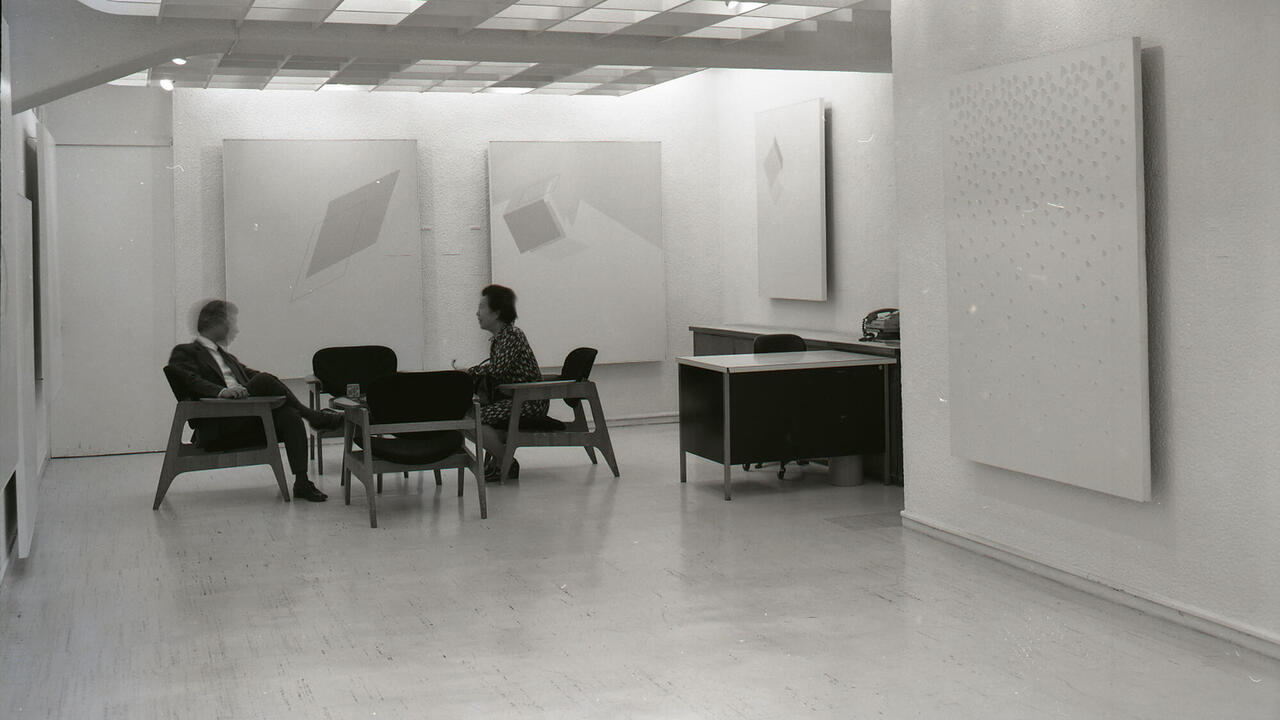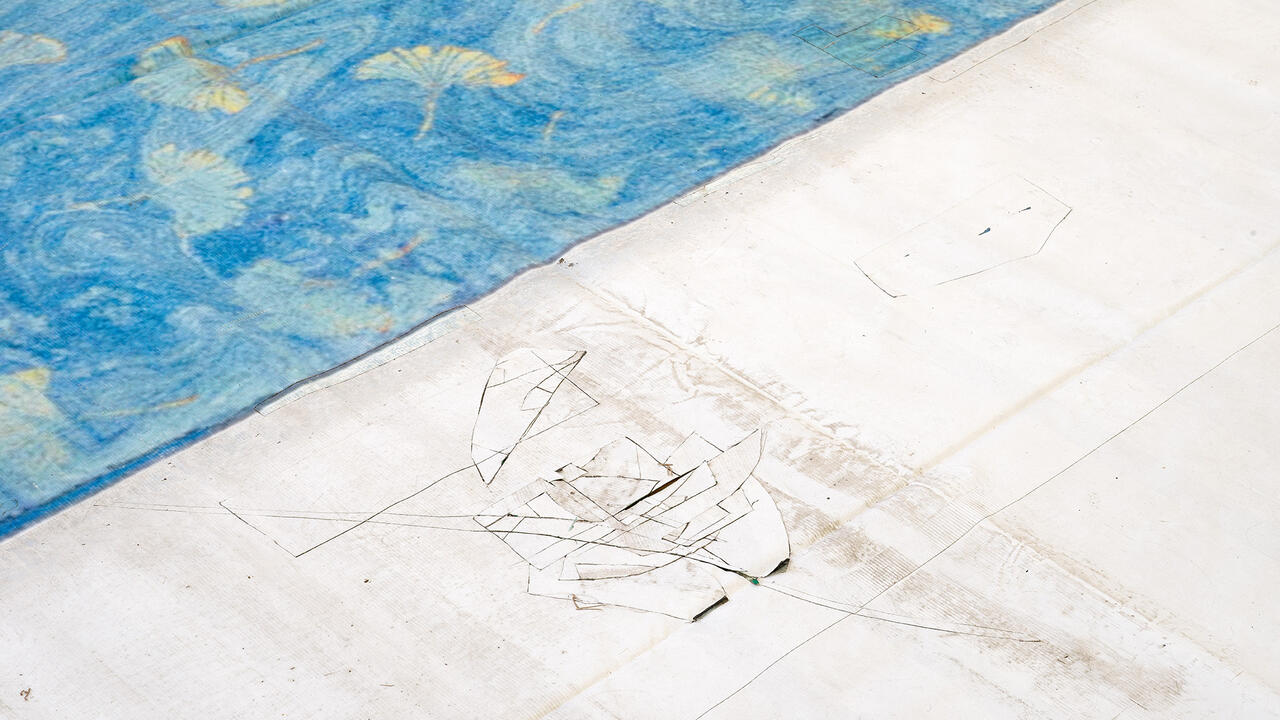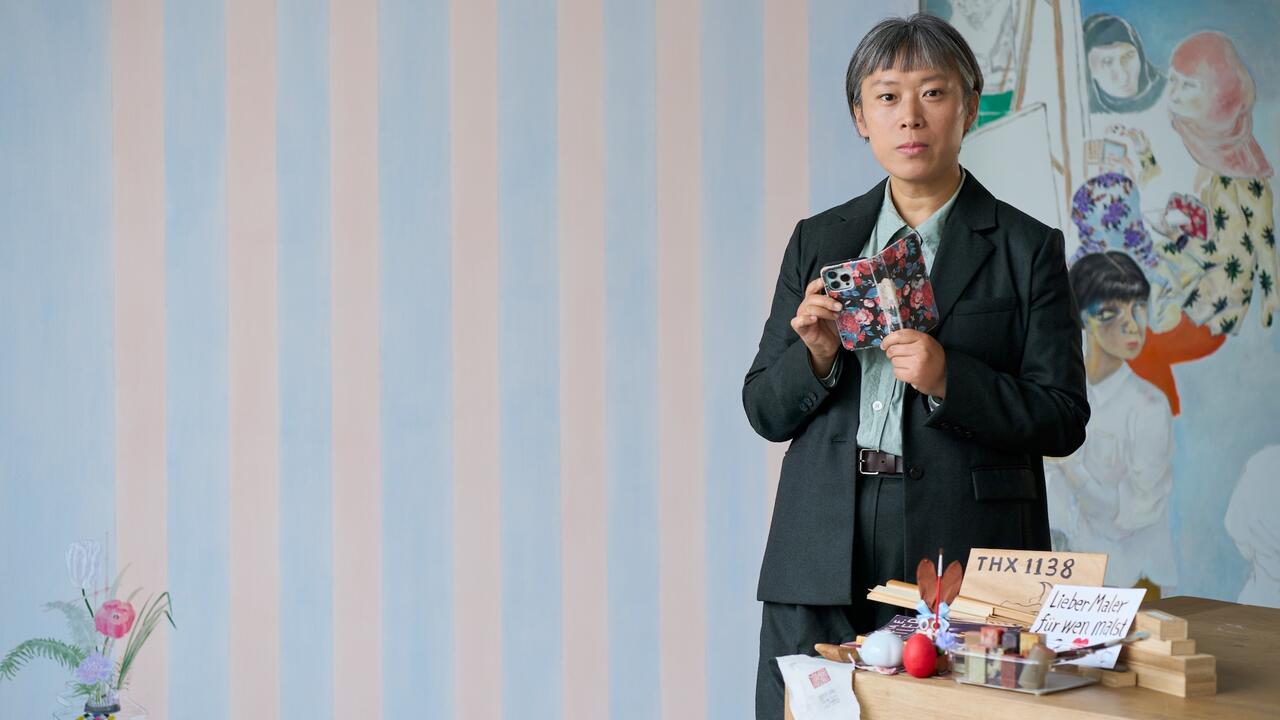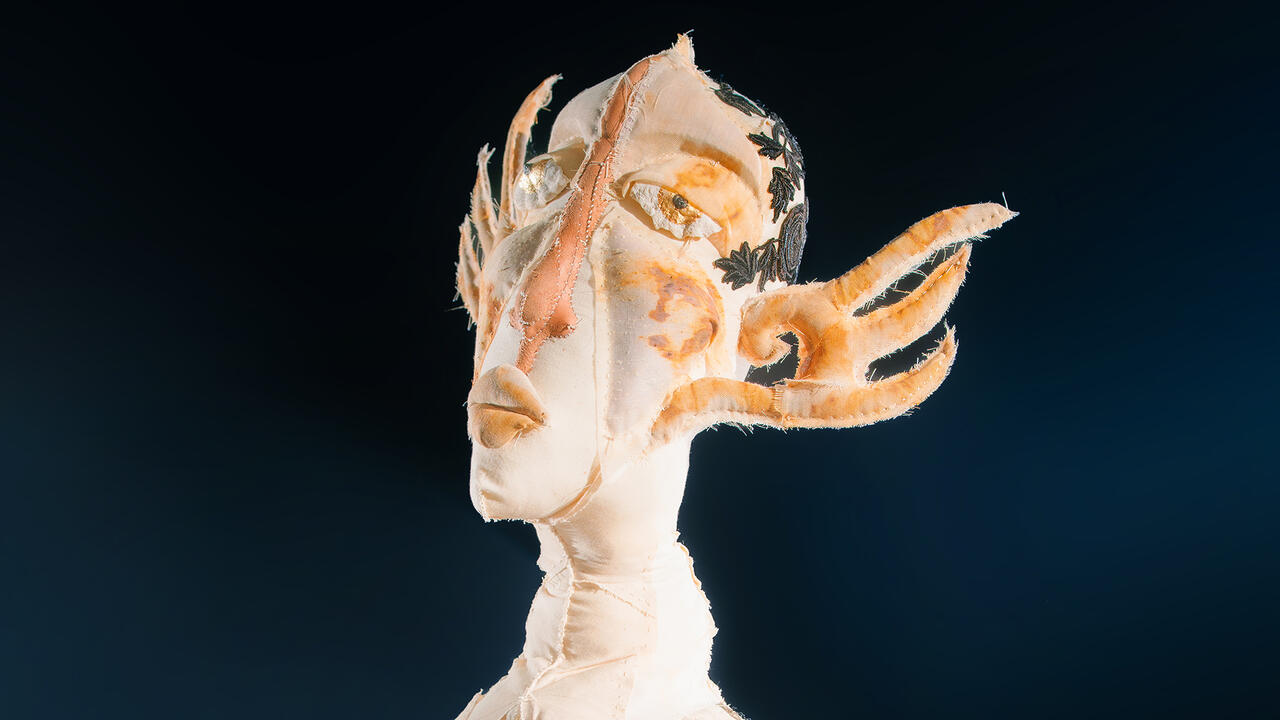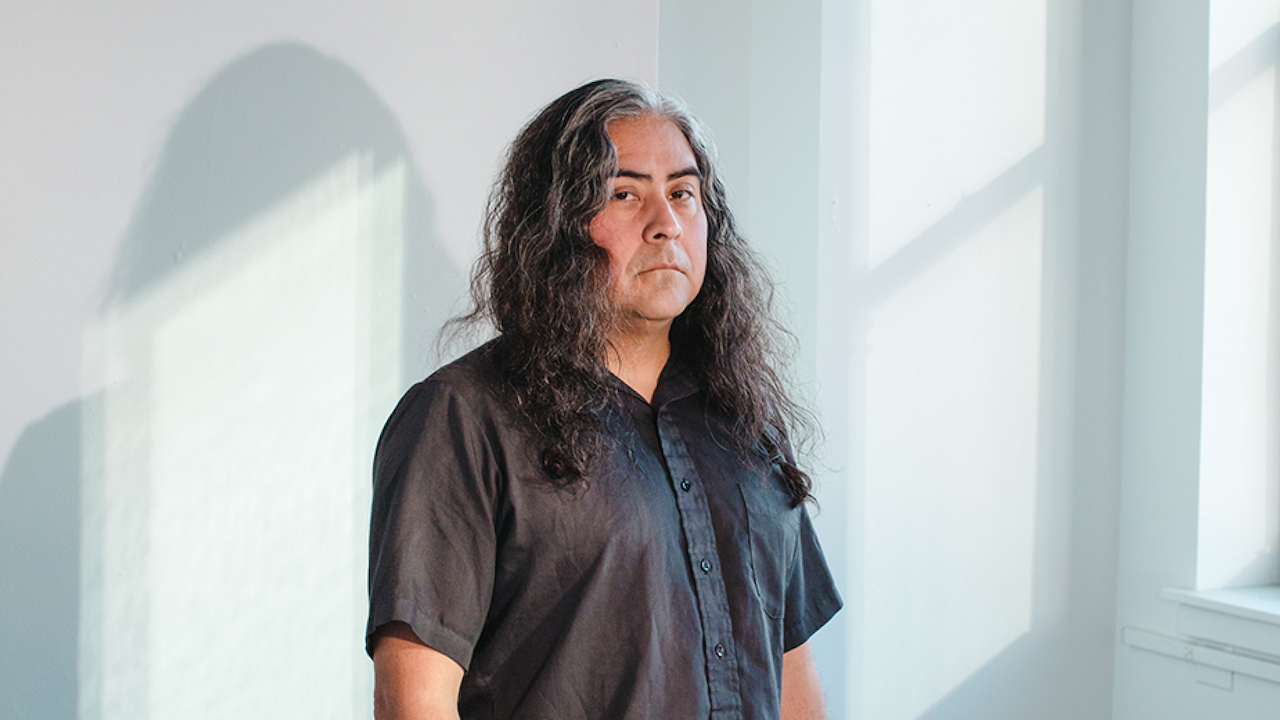Does Construction Always Mean Destruction? Exploring UCCA’s New, Ecologically Responsible Outpost
Designed by Beijing-based practice, OPEN Architecture, UCCA Dune burrows beneath the sand dunes in the coastal resort of Beidaihe
Designed by Beijing-based practice, OPEN Architecture, UCCA Dune burrows beneath the sand dunes in the coastal resort of Beidaihe

‘Construction is destruction; it is building that has partially caused the chaos of today and the collapse of global ecologies,’ says Li Hu, co-founder of the Beijing-based practice OPEN Architecture. ‘With [UCCA Dune], I wanted to ask the question of whether construction must mean destruction. Can it mean restoration or protection instead?’
Located 300 km from Beijing, on China’s east coast, buried underneath sand dunes fronting the Bohai Sea, Dune is the first outpost of Beijing’s noted contemporary art gallery, UCCA. Opened in October this year, at 930 square metres, Dune is considerably smaller than UCCA’s 8,000-square-metre principal space in Beijing’s 798 Art District (currently undergoing renovations designed by OMA). But what Dune lacks in size, it more than makes up for in character.

Rather than destroy the existing dunes to construct the gallery, Hu convinced his client – the developers behind Aranya, a vast country club estate in the coastal resort of Beidaihe, summer retreat of Beijing’s political class since Chairman Mao – that the new building could be buried underneath the sand to better preserve the dune’s ecology. Given an initial brief to create a spectacular art space where estate residents could eat breakfast while watching the sun rise over the sea, Hu made the case that the art was more important than catering: the five-year partnership with UCCA (with whom OPEN have previously worked on exhibition design) was also his suggestion.
At the design stage, however, there was no artistic partner yet in place. This gave Hu and his partner Huang Wenjing the freedom to imagine spatial possibilities unconstrained by curatorial compromise. Inspired partly by early human cave dwellings, in plan Dune resembles a cross between the Orkney Islands’ Neolithic settlement Skara Brae and a diagram of the body’s internal organs. Its seven internal galleries are connected as a series of intimate cells whose curving ceilings each incorporate at least one intruding or protruding light well. The three external galleries, the only parts of the building visible from outside (alongside the lightwells and a small lookout tower), project out into the sand and bring an abundance of light into the adjacent internal galleries and the cafe.

If the building’s form is complex, its materiality is surprisingly simple. Almost the entire structure, from its two-metre-deep foundations to its terrazzo floors and white-painted walls, is comprised of concrete. Due to the sea’s proximity (saline corrodes concrete’s internal rebar support structure) and the weight-bearing load of the dune piled atop the building, a high-grade commercial concrete was chosen for its structural properties. While Hu originally planned to plaster over the concrete structure once complete, his delight in the textures left by the wooden formwork – crafted by construction workers descended from long lines of local boatbuilders – led him to leave the walls bare.
Organic is an overused adjective in architectural description, but in the case of UCCA Dune the term is apt. The effect of leaving visible the traces of the wooden formwork on the concrete walls has been to create a space whose beauty derives principally from imperfection. The carpenters who crafted the formwork were necessarily inventive: on certain walls, you can read different thicknesses of wooden boards – thinner planks at the top to wrap around curves and thicker ones at the bottom for straighter stretches. The process of the building is written in these marks. The finished building may be a serene yet inventive space, but the walls are like an X-ray telling the story of how the structure was made and who made it. ‘It’s not a perfect building,’ says Hu. ‘But it’s perfect for me because the imperfection makes it real. You can see the hands of the people who made it. You can feel their struggle with the material.’

UCCA Dune, clearly, is no white cube space. Although its interior walls are uniformly white, hardly a single one is straight. This makes it essentially impossible to hang paintings or photographs without building internal partitions: Hu’s building dictates the terms of artistic engagement. Yet, given the idiosyncratic quality of the result, Dune presents an opportunity as much as a challenge to UCCA’s curatorial team. ‘I don’t do things irresponsibly,’ Hu says of designing an art gallery without a particular gallery on board from the outset. ‘I have designed museums before and I know how they work. I also have many artist friends who complain about institutions, so I know what artists want and what they need.’
Dune’s inaugural exhibition is titled ‘After Nature’, a fitting exploration of the implications of the era of the anthropocene in China. The exhibition features nine Chinese artists, born between 1942 and 1988, and spanning a range of generations. As such, the works occupy different positions in relation to the question of how humans conceive of and engage with nature at a time when consensus holds that sustained human activity has transformed the environment for the worse, perhaps permanently.

Hu reveals that UCCA joined the Dune project only six months prior to opening and the hasty organization shows in the first exhibition. Of the nine artists, four – Nabuqi, Yang Xinguang, Yu Ji and Zheng Bo – visited in advance and were commissioned to make new, site-specific work. Although existing works on show, including Liu Yujia’s Black Ocean (2016) and Trevor Yeung’s Garden Acanthus (2017), touch upon interesting questions of environmental damage linked to oil mining and the key role played by plants in advancing European colonialism, respectively, the four newly-commissioned works stand out for their engagement with the exhibition theme as well as the context of the space and site. Tellingly, all these works are situated outside.
Occupying the largest of the outdoor galleries, Zheng Bo’s Dune Botanical Garden (2018) unites the dune ecosystem and the gallery, the natural and the man-made, with a single, simple gesture: a garden. But it is Yang Xinguang’s installation, Mountains (2018), which offers the strongest glimpse of Dune’s unique possibilities for artistic exploration. A group of ten small cragged mountains has been buried in the beach some 20 metres away from the building. Although it’s not unusual for gallery installations to spill out into adjoining public space, this is rarely, if ever, a beach. Set among the sandy dunes, with fishing boats bobbing along in the sweep of sea beyond, Xinguang’s miniature concrete mountains create a striking – and touching – juxtaposition.
Main image: UCCA Dune, Beidaihe








